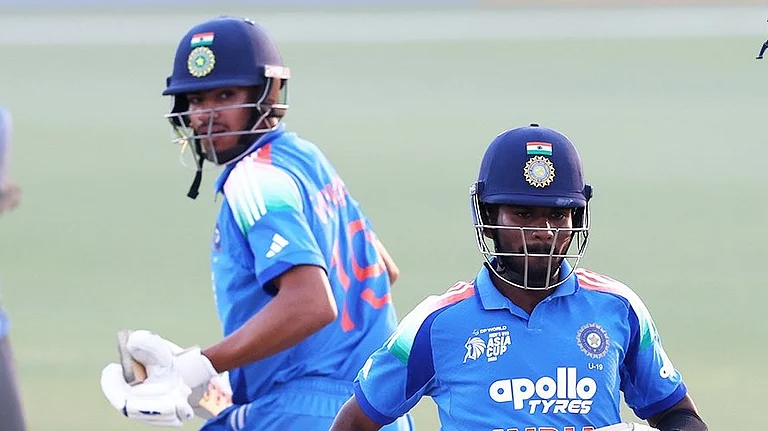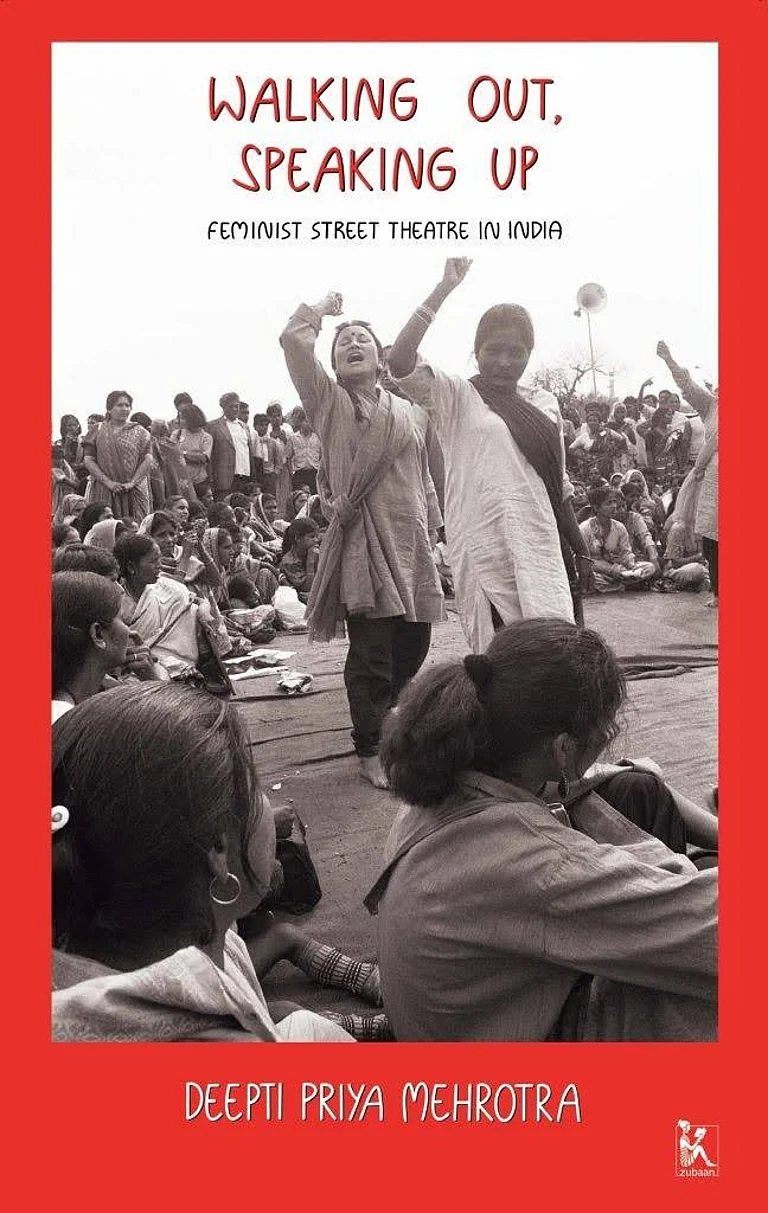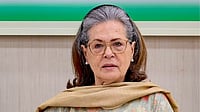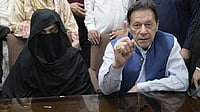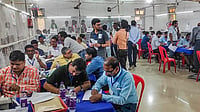A.G. Noorani's book remedies this in more ways than one. This is the first book that describes in sequential detail the opaque and perverted manner in which the British Indian government used its judiciary to condemn to death Bhagat Singh, Sukhdev and Rajguru. This is the first book that shows how the executive and legislative branches of the British government in India conspired to ensure the miscarriage of justice, deliberately abandoning the basic principles of law and criminal procedure which they themselves had created for the governance of India. This is the first book that shows Indian leaders of the time did not do enough to pressurise the government to desist from vengeful persecution of political dissenters. This is also the first book that puts the trial and execution in correct judicial and political perspective.
While there is a well-researched chronological description covering Bhagat Singh's political life from his birth in Lyallpur district on September 27, 1907, to his execution in 1931, the focus of the book is primarily on the trial of Bhagat Singh. The author has extensively studied the relevant judicial archives, texts of debates in the central legislative council, proceedings of the privy council on the case, and reports and documents of the Bar Association of Lahore. In fact, he has included the site plan of the place of murder of Saunders and constable Charan Singh, which was filed along with the FIR. Also included are graphic details of the manner in which the conspiracy to murder Saunders was organised. The writer goes on to explain the structured and pre-meditated political terms of references which the British government desired to prescribe for the trial of Bhagat Singh and his young friends. The objective, Noorani clearly brings out, was vengeance and not the dispensation of justice.
Details of the trial, exchanges between the government lawyers, the judge and government officials are also extensively detailed. The government created a special tribunal to try the case, the accused being denied the right to appeal. The tribunal being authorised to proceed with the trial "exparte" without requiring the presence of the accused and without giving them the opportunity to get legal assistance, study the evidence against them and to cross- examine those who submitted the evidence, might have been known to knowledgeable circles in India at that point of time, but they have not been a part of the general public awareness of the case.
It is not just the unfairness of the trial, but the coercive political chicanery of the British judicial system during colonial rule which the book brings out, using the trial of Bhagat Singh as a looking glass through which we should assess the British system of justice in India when they ruled us. Also covered in the book are the differences between Gandhi and Nehru about the ideology of Bhagat Singh and about his trial and execution. The unpalatable but incontrovertible conclusion drawn by the author that neither of the two leaders exerted themselves enough with the British to save Bhagat Singh is difficult to question as he gives the chronology, political interests as well as the letters and statements of these leaders themselves to prove his point. It makes sad reading but it serves the purpose of educating all of us that even in that comparatively idealistic period of Indian politics of the 1930s, political calculations dominated considerations of patriotism or justice.
The most remarkable part of the book for me is the appendix giving the text of Mohammad Ali Jinnah's speech in the central legislative assembly on September 12 and 14, 1929. His was the most forthright statement in defence of Bhagat Singh from amongst the leading Indian politicians of the time. He questioned the government's actions from the point of view of criminal jurisprudence, besides the political point of view. Jinnah's speech was made at a point of time when he was distancing himself from the Congress. It is relevant to remember that where principles of law and norms of justice were threatened, Jinnah's voice was that of a fearless Indian.
The contemporary relevance of the book is that it highlights the inclination and proclivities of governments in power to misuse the judiciary for their own purposes. It cautions both the power structure and public opinion about the pitfalls of such inclinations. The only gap in the book is that Noorani has not devoted significant space to Bhagat Singh's evolution as a political being, nor does the book contain sufficient details about the growth of violent resistance to British rule from the Gadar movement onwards—of which Bhagat Singh's trial and execution was a culmination in many ways. The book reflects Noorani's reputation for meticulous research and objective analysis. It should be read by any Indian interested in the travails of the freedom struggle which ultimately helped us become an independent democratic republic







